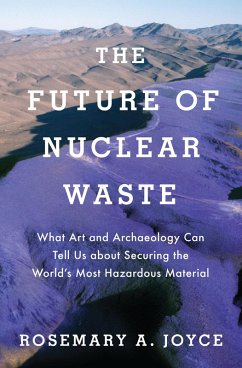How can nations ensure that buried nuclear waste goes undisturbed for thousands of years? The United States government tried to solve this problem with the help of experts they identified in communication, materials science, and futurism. From the perspective of a contemporary archaeologist, The Future of Nuclear Waste looks at what these experts suggested, and what the government endorsed: designs for a modern monument, an artificial ruin, a purpose-built archaeological site that would escape future exploration. One design, selected for development, argued that because specific archaeological sites and objects (among them Stonehenge, Serpent Mound, the Rosetta Stone, and rock art) made long ago have endured and are seen as significant today, contemporary engineers could build monuments that would be equally effective in conveying messages that last even longer. An alternative proposal, which government planners set aside, was rooted in the idea that universal archetypes of design arouse similar human emotions in all times and places. Both proposals used common sense, assuming that human reactions and understandings are relatively predictable. Employing an anthropology of common sense, Rosemary Joyce explores why people chosen for their expertise relied on generalizations contradicted by the actual history of preservation and interpretation of archaeological sites and the closest analogues to archetype-based designs, which are the large scale installations produced in the Land Art movement. The book reveals the underlying imagination shared by the experts, government planners, and artists, in which the American West is an empty space available for projects like these. It counters this with the dissenting voices of indigenous scholars and activists who document the presence on these nuclear landscapes of Native American people. The result is an eye-opening and unique demonstration of how a deep understanding of the remote past informs critical debates about the present.
Dieser Download kann aus rechtlichen Gründen nur mit Rechnungsadresse in A, B, BG, CY, CZ, D, DK, EW, E, FIN, F, GR, HR, H, IRL, I, LT, L, LR, M, NL, PL, P, R, S, SLO, SK ausgeliefert werden.

